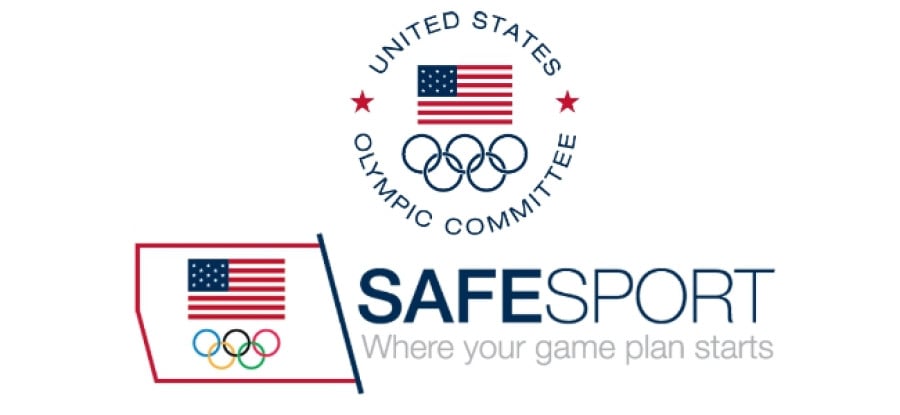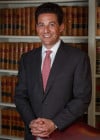How the USOC’s SafeSport policies are tackling athlete abuse and harassment

“All forms of misconduct are intolerable and in direct conflict with the Olympic Ideals” - United States Olympic Committee, SafeSport Policies.1
The United States Olympic Committee (USOC) implemented SafeSport as a way to protect athletes competing under the Olympic umbrella from misconduct.2 Since its initial implementation by the USOC in late 2012, a US Center for SafeSport has been created with an independent advisory council and a new USOC Director of Ethics and SafeSport.3 Earlier this year, in announcing the creation of the National Center for Safe Sport, USOC CEO Scott Blackmun said, “[t]here is no national agency today that is responsible for the safety and well-being of young athletes and we’re in position to lead this important effort."4 Blackmun continued, “[t]he National Center for Safe Sport will help fill that vacuum by providing training and resources, promoting open dialogue and conducting investigations on a national level.”5
The national governing bodies (NGBs) that oversee Olympic sport in the US have each adopted and implemented SafeSport under the USOC’s mandate.
The SafeSport policy applies to all athletes, coaches, staff and other individuals working with U.S. athletes competing in Olympic sports.
SAFESPORT
SafeSport prohibits six types of misconduct: (1) Sexual misconduct, including child sexual abuse; (2) Emotional Misconduct; (3) Physical Misconduct; (4) Bullying; (5) Harassment; and (6) Hazing.6
A. SafeSport Prohibited Misconduct
1. Sexual misconduct, including child sexual abuse:
Sexual misconduct is defined as sexual assault, sexual harassment, sexual abuse or any other sexual intimacy that exploits an athlete. Intimate relationships between a coach and an athlete are prohibited unless it involves a pre-existing relationship between two spouses or life partners.7
Child sexual abuse includes “any sexual activity with a minor athlete or participant where consent is not or cannot be given.”8 All sexual interaction between an adult and a minor is prohibited. Peer to peer child sexual relationships can also be prohibited depending on circumstances.9
Sexual misconduct includes non-contact sexual acts such as sexually suggestive statements, sexual exposure or voyeurism.10
2. Emotional Misconduct:
Emotional Misconduct is defined as “a pattern of deliberate, non-contact behavior that has the potential to cause emotional or psychological harm to an athlete.”11 These include verbal acts, physical acts and acts that deny attention or support. Examples given are calling someone worthless, fat or disgusting, yelling at someone excessively without purpose, throwing sports equipment or objects at someone or ignoring an athlete for an extended period of time.12
To continue reading or watching login or register here
Already a member? Sign in
Get access to all of the expert analysis and commentary at LawInSport including articles, webinars, conference videos and podcast transcripts. Find out more here.
- Tags: American Arbitration Association North American Court of Arbitration for Sport (AAA) | Figure Skating | Governance | Harrassment | Olympic | Regulation | SafeSport | SafeSport Policies | United States of America (USA) | United States Olympic Committee (USOC)
Related Articles
- Nine centres worldwide recognised as IOC Research Centres for Prevention of Injury and Protection of Athlete Health
- Legal and regulatory considerations of minors in sport
- Video technology in sports adjudication: Part 2 – use on the sports field
- U.S. sports betting: is the Professional & Amateur Sports Protection Act still fit for purpose?
Written by
Paul J. Greene
pgreene@globalsportsadvocates.com | @greenesportslaw
Paul J. Greene, Esq. is a U.S. based sports lawyer who protects the rights of athletes in disputes, including those charged in anti-doping proceedings. Paul has been recognized by Chambers USA and Super Lawyers as one of America’s top sports lawyers.




